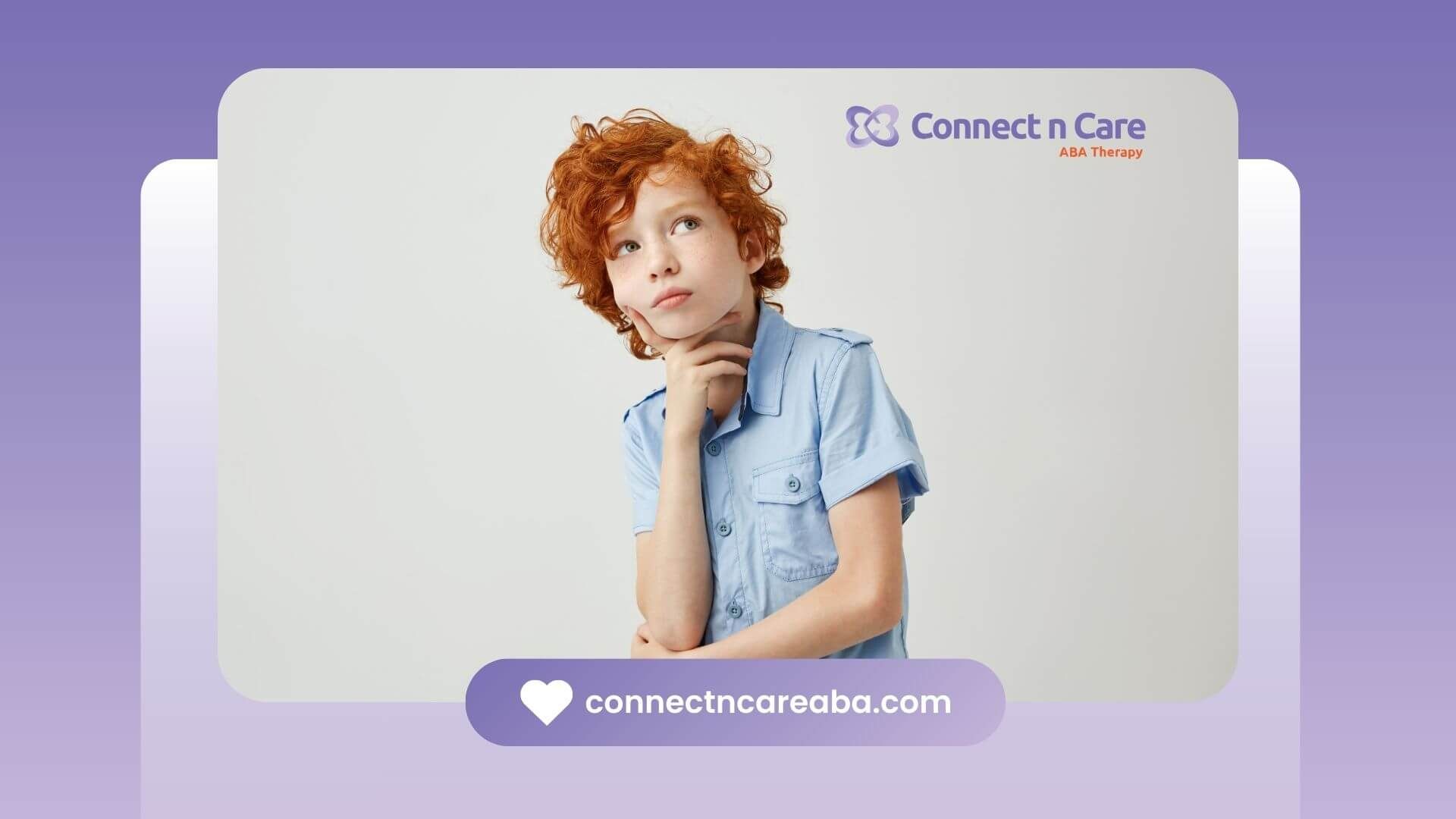Understanding Autism Spectrum Disorder
Autism Spectrum Disorder (ASD) is a complex neurodevelopmental condition characterized by differences in communication, behavior, and social interactions. Despite growing awareness, autism remains widely misunderstood, often leading to misconceptions and stigma. This blog explores the reasons behind these misunderstandings and discusses how evidence-based practices like Applied Behavior Analysis (ABA) therapy can help foster greater understanding and acceptance.
The Complexity of Autism Spectrum Disorder
A Spectrum of Experiences
One of the primary reasons autism is hard to understand is its vast spectrum. No two individuals with autism are the same, even if they share the same diagnosis. While some may have profound communication challenges, others might excel in academics but struggle with social cues. This variability can make it difficult for the general public to grasp what autism truly entails.
Invisible Nature of Autism
Unlike physical disabilities that are often visible, autism is largely an "invisible" condition. Many autistic individuals may not exhibit noticeable behaviors at first glance, leading to assumptions that they do not face challenges. This invisibility often results in a lack of empathy or support.
Misconceptions and Myths About Autism
Stereotypes in Media
Media portrayals of autism often reinforce narrow stereotypes, such as the "genius savant" or the "socially awkward loner." While some autistic individuals may exhibit these traits, they do not represent the broader population. These stereotypes can hinder a balanced understanding of autism and its diverse manifestations.
Lack of Awareness and Education
For many, their only exposure to autism comes through anecdotes or incomplete information. Without proper education, people may believe common myths, such as the misconception that autism is caused by poor parenting or that it can be “cured.” Such beliefs further perpetuate misunderstandings and stigma.
Barriers to Empathy
Challenges in Perspective-Taking
Neurotypical individuals may struggle to understand the sensory sensitivities, communication differences, or unique thought patterns experienced by those on the spectrum. This lack of perspective-taking can lead to frustration or judgment rather than compassion.
Social Expectations
Society often values conformity and predictable behavior. When someone behaves differently, such as avoiding eye contact or engaging in repetitive movements, they may be unfairly labeled as "difficult" or "unfriendly." These judgments arise from a lack of understanding about the neurological basis of these behaviors.
The Role of ABA Therapy in Bridging the Gap
Promoting Communication Skills
ABA therapy is instrumental in helping autistic individuals develop effective communication strategies, whether through spoken language, sign language, or assistive devices. By empowering individuals to express themselves, ABA therapy helps bridge the communication gap that often fuels misunderstandings.
Enhancing Social Interaction
Through structured interventions, ABA therapy can help individuals learn and practice essential social skills, such as turn-taking, understanding nonverbal cues, and building relationships. These skills not only benefit the individual but also help others see beyond their initial misconceptions.
Educating Families and Communities
ABA therapy often involves family training and community education, which are critical for fostering understanding. When parents, siblings, and educators are equipped with knowledge about autism, they become advocates for inclusion and acceptance.
Building a More Inclusive Society
Advocacy and Awareness
Organizations and advocates play a pivotal role in dismantling myths and promoting accurate information about autism. Public campaigns, educational programs, and personal stories help paint a fuller picture of the autism spectrum.
Emphasizing Strengths Over Deficits
Shifting the narrative from challenges to strengths is crucial. Many autistic individuals possess remarkable talents, creativity, and problem-solving abilities. Recognizing and celebrating these strengths can challenge negative stereotypes and promote inclusion.
Encouraging Open Dialogue
Creating spaces for open dialogue about autism helps normalize conversations around neurodiversity. When people feel free to ask questions and learn without fear of judgment, understanding naturally grows.
Conclusion
Understanding autism requires effort, empathy, and education. The diversity of experiences within the autism spectrum, coupled with deeply ingrained misconceptions, can make it challenging for many to fully grasp the condition. However, through awareness initiatives, supportive therapies like ABA, and an emphasis on inclusion, we can foster a world where autistic individuals are understood, respected, and empowered.
At Connect n Care, we are committed to providing personalized ABA therapy solutions that not only support individuals with autism but also educate families and communities. Together, we can bridge the gap and build a more compassionate society.
Frequently Asked Questions
Why do people often misunderstand autism?
People misunderstand autism due to its diverse nature, invisible characteristics, and widespread myths. Without proper education and awareness, misconceptions can easily take root.
How can ABA therapy help others understand autism better?
ABA therapy equips individuals with communication and social skills, helping them interact more effectively. It also involves educating families and communities, fostering greater empathy and understanding.
What can I do to support someone with autism?
Educate yourself about autism, practice patience, and focus on the individual’s strengths. Be willing to listen and learn from their experiences, and advocate for inclusivity in your community.









